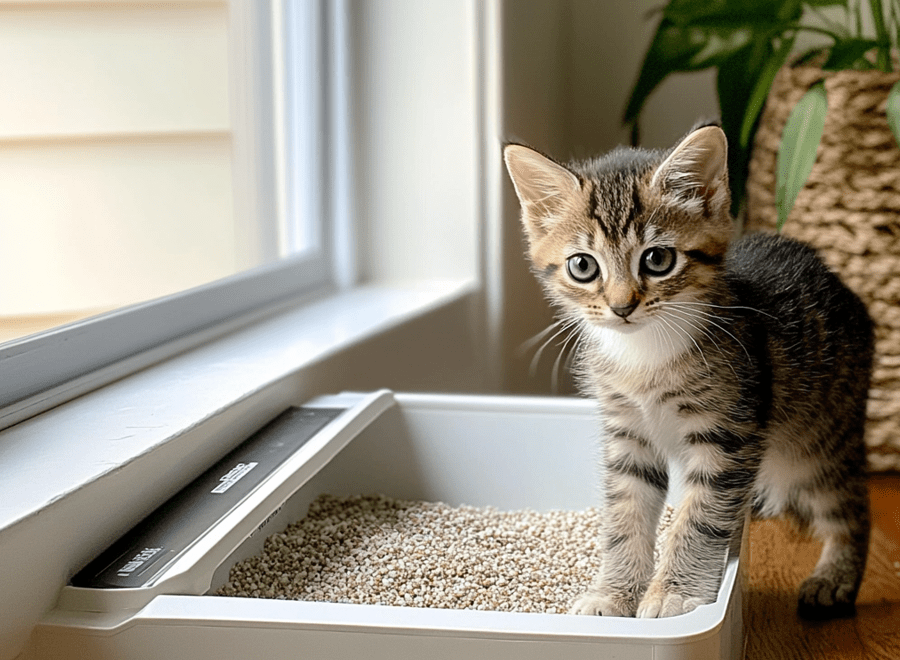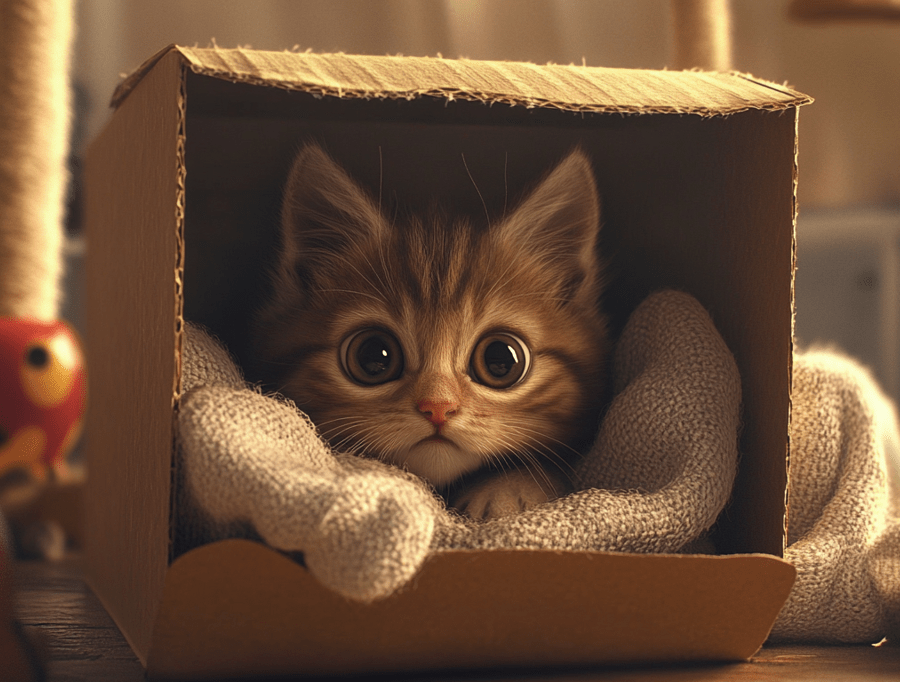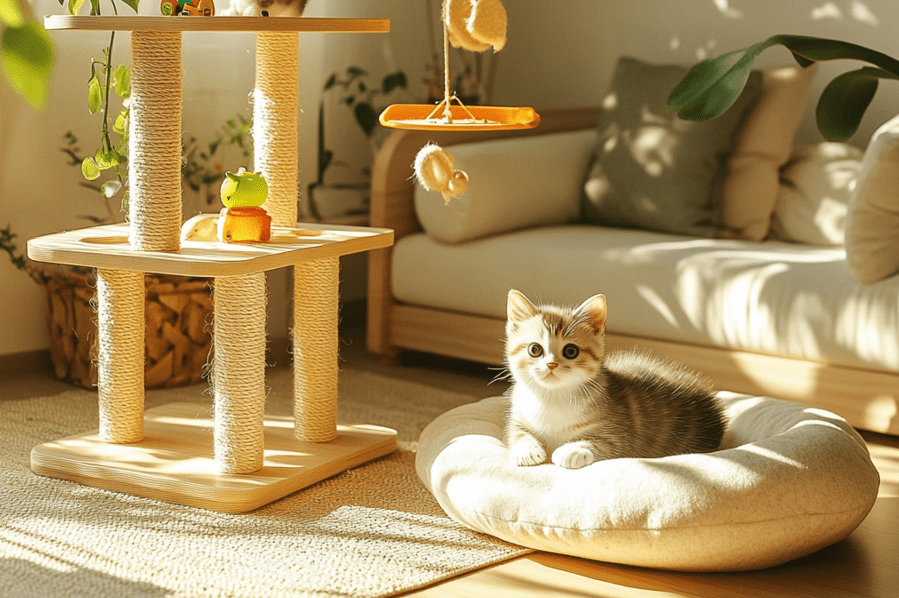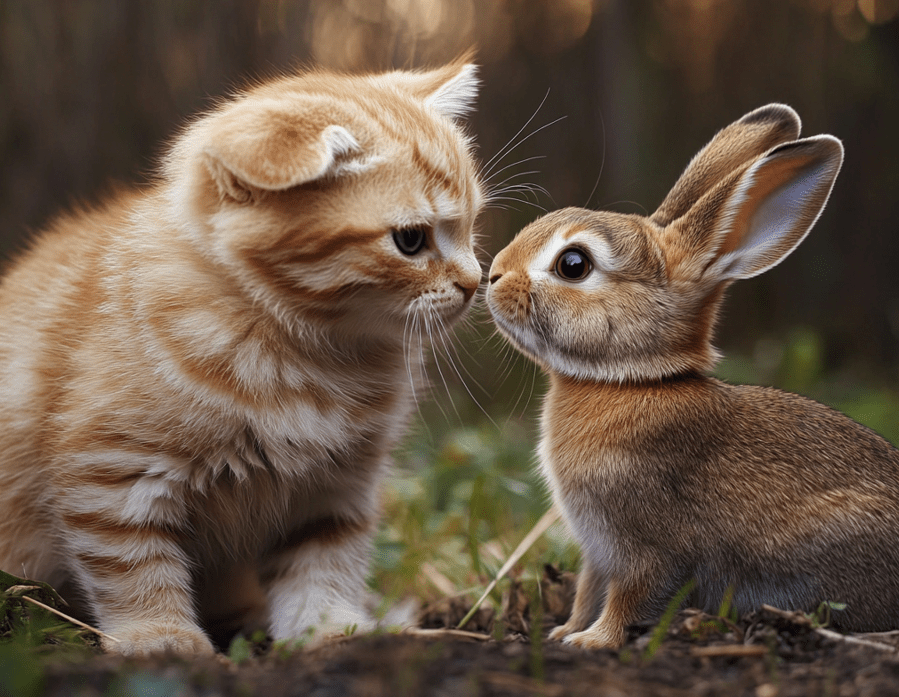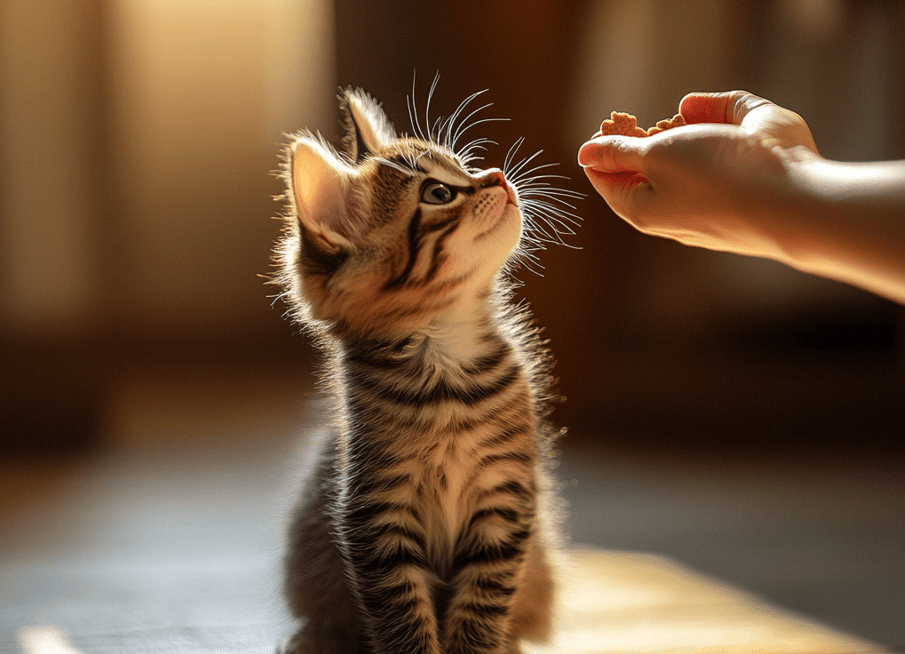
Are Cats Trainable at all? The answer is Yes, if you can do it in the right way. While training may not be as exciting for cats as it is for dogs, they can definitely learn. Positive reinforcement is the best way to train a cat so for example, as they say, you are rewarding good behavior with treats/toys/praises. Using this type of training system has its advantages that go on to hold important behaviors you wish your cat wishes to preserve.
Reward good behavior positive versus punishing bad behavior negative in a cat. By giving him minimal rewards and motivating him to exercise, you and your feline will see great benefits.
To watch the summary of this article, just watch this video-
What is Positive Reinforcement Training?
Positive reinforcement: A training method that uses positive experiences to help reward desired behaviors. Every time a cat does the behavior, it gets an immediate reward from its owner. As a result, the cat starts to relate the behavior with something good which means that there is a tendency for it to do that behavior again
Benefits of Positive Reinforcement
Positive reinforcement training for cats has multiple advantages so here are a few main ones:
Improved Behavior in Cats
Positive reinforcement can be used to create desirable behavior where cats find that they are motivated with a reward for behaving in a certain way. For example, a cat may learn that scratching furniture does not “work” for him as it brings nothing (or worse) to him, but using the scratch post brings the owner to run and come over very excitedly (“Oh what a good boy!”).
Improved Cat-Owner Relationship
Most cats will respond to different types of rewards – some cats like to be praised, others trade in purrs and cuddles for their good behavior! Therefore, teaching your cat that good things happen when you enter strengthens the relationship and makes life happier for everyone.
Much more confidence and security
The more you bond with them, the safer they might feel in that environment. And that confidence comes from this place of safety.
Greater Mental Stimulation
Positive reinforcement training promotes independence of thought in your cat and performs an action that will be rewarded. It provides mental and physical exercise that can help reduce anxiety and create a sense of relaxation and fulfillment in your cat.
Types of Positive Reinforcement Techniques for Cats
Positive reinforcement techniques are one of the best ways to train a pet, including cats. Here we have given brief on each of these techniques:
Food Rewards
Most cats take well to food as a reward. This technique is to reward our cat right after they correctly execute a command, in this case that’s cookies. Through repetition, the cat learns that this act makes her a treat which will prompt its repetitive behavior.
Clicker Training
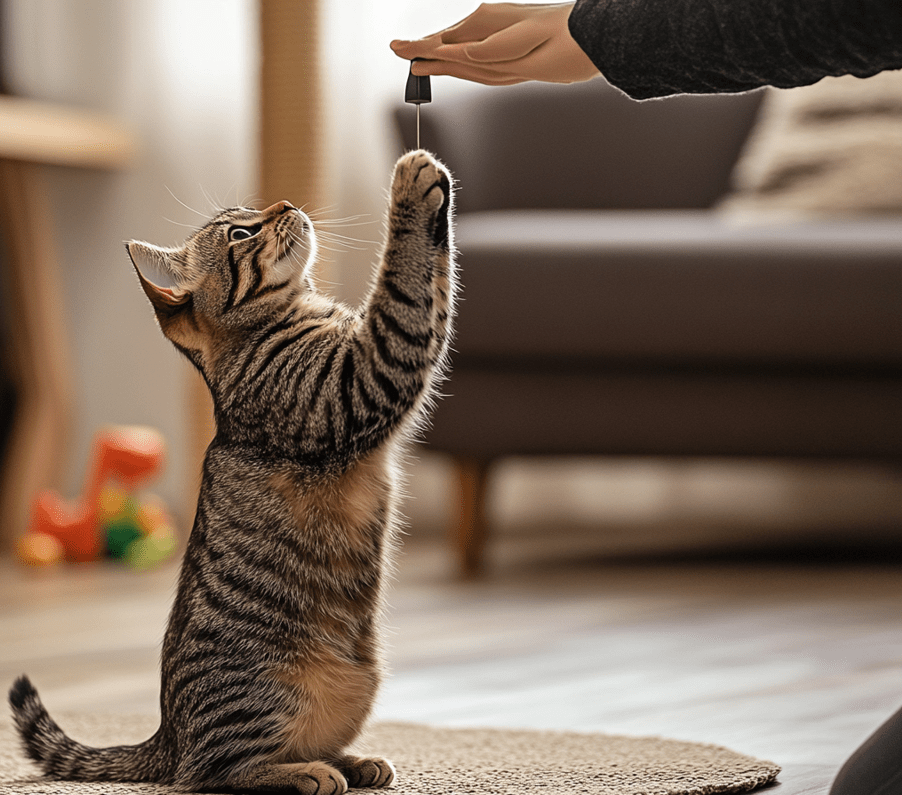
The clicker is a tiny manual tool that makes distinctive clicking sounds. It is almost always combined with a reward like a treat or toy that is given immediately after the behavior is exhibited. The clicker is to help the cat identify what type of behavior we are rewarding.
Play and Interactive Toys
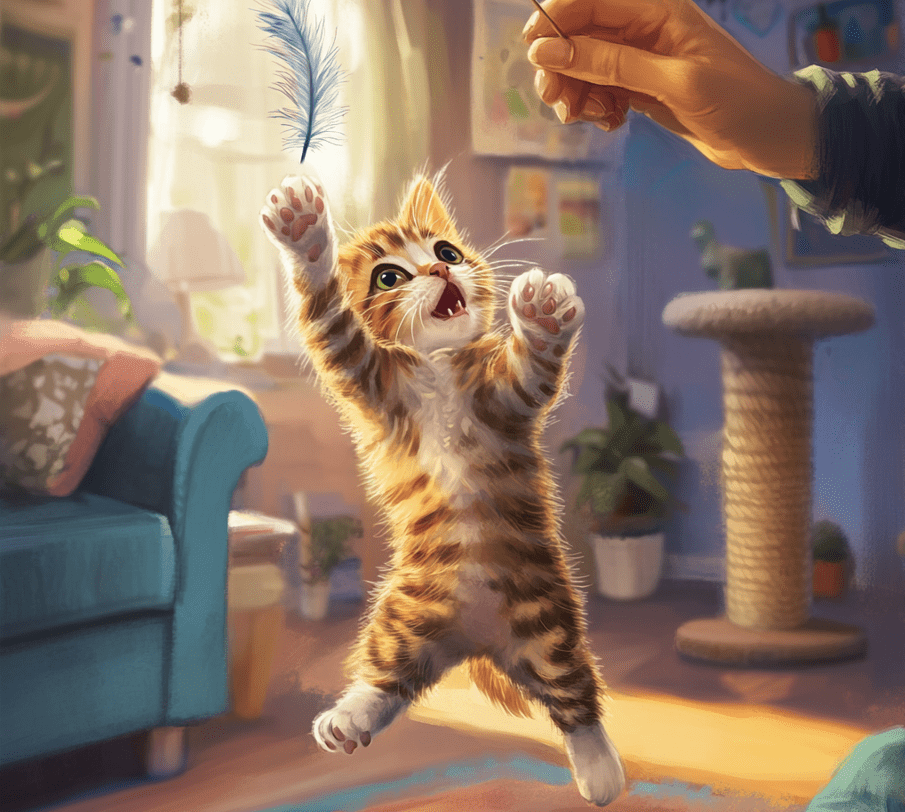
Cats that are not highly food motivated may find the playtime a fun detergent to treats (and those needing to avoid too many snacks — like overweight cats, for example). Positive behavior gets rewarded with such toys or interactive play sessions.
Verbal Praise and Affection
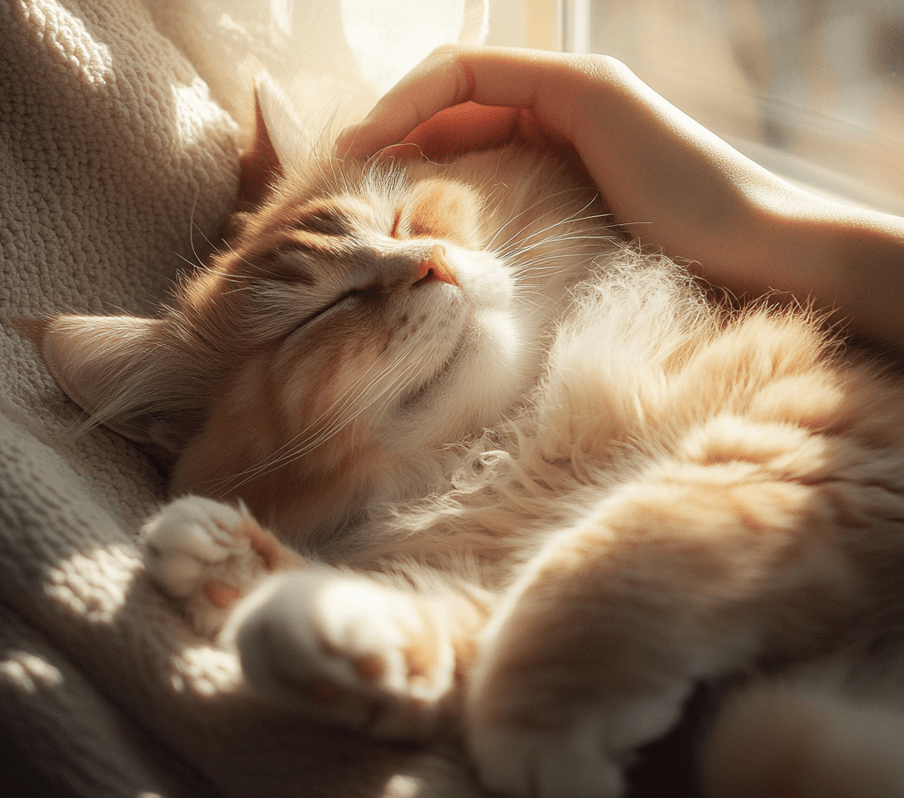
Even if the cat is not that responsive, they are more likely to respond quickly or affectionately to verbal encouragement or by feeling cuddling. These can also be used as training rewards that will help enforce the desired behavior.
Target Training
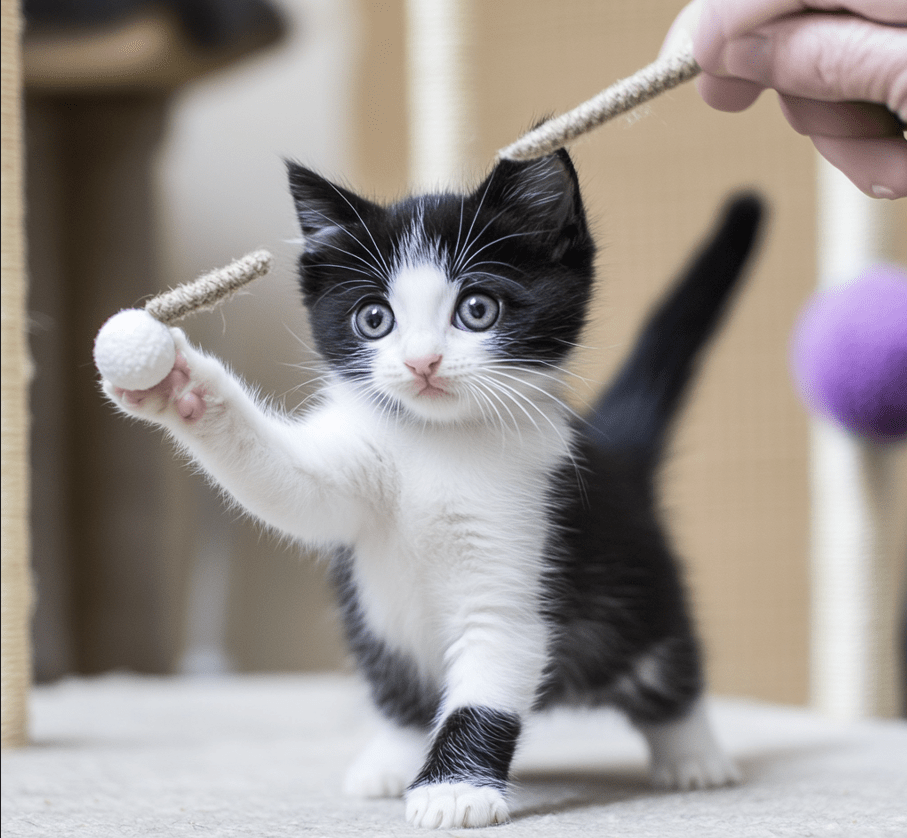
Target training leading the cat around with a stick that has a ball at the end to get the cat to focus on an object or location for certain activities This is a method often used to get the cat to move from one place to another, for example, during training sessions.
Environmental Enrichment
One strategy may be to use environmental enrichment to help stop unwanted behavior, like scratching the furniture. By giving the cat a proper outlet, positive behavior replaces negative, allowing the owner to remedy problem behaviors effectively without punishment.
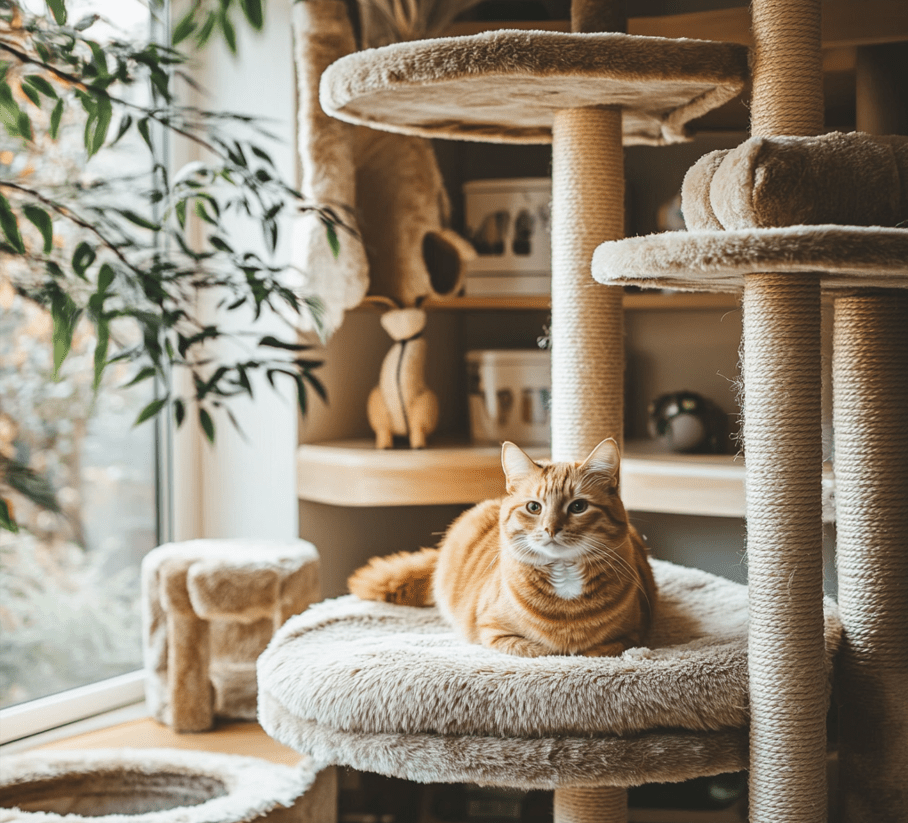
Positive Reinforcement for Cats
Training a cat using reward-based techniques can be fun for all concerned, but it is also important to take into account what cats prefer and their independent nature.
Positive reinforcement is something you might already be doing without knowing, hence there is no need to stress about this process.
But don´t panic, you probably are already using positive reinforcement without knowing it…and I´ll show you how in a second. For example, if your cat comes sprinting to you whenever the fridge door opens, or when they hear the sound of them being fed, then this shows that they have learnt to associate these cues with feeding time. This is the natural thought process that reward-based training builds upon when it comes to cats — a behavior earns an encouraged outcome
Rewards Based Cat Training Techniques
Reward-based training is rewarding for your cat in and of itself, as it makes them think and work a bit, but beyond that, this way of teaching your cat new tricks will advance the connection between the two of you. It can be used to teach your cat entertaining tricks and better more practical behaviors. Here, we discuss three behaviors you can train cats to do using reward-based techniques; namely coming when called, sitting on a lap and going into a carrier.
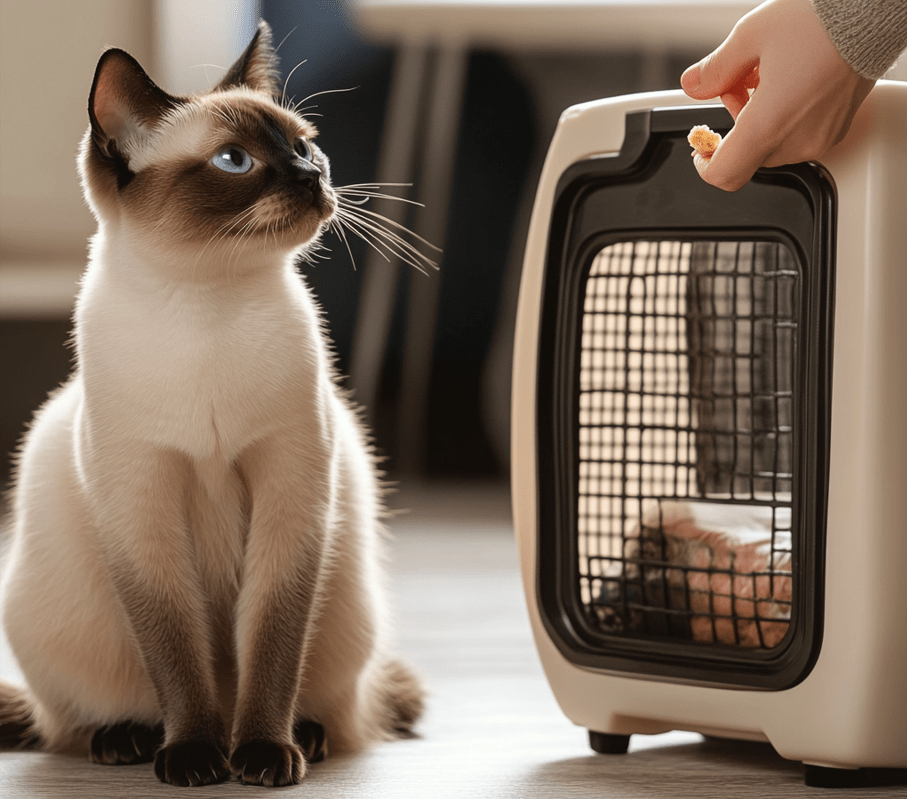
Action to Take
Encourage Desired Behaviors
Give your growing felines treats for the best behaviors. Do not reward your cat’s meowing and other negative behaviors, completely ignoring them when they do. Instead of punishing them for barking, reward them for being quiet.
Train New Behaviors with Rewards
If you want your cat to come when called, just say their name and reward them for coming. This behavior can be enforced by training the memory palace in a different place and repeating it.
Provide Proper Motivation
Food treats work best for most cats, not verbal praise. Give treats for using the scratching post, getting brushed or using the litter box.
Reward Immediately
Deliver treats immediately following the desired behavior (if possible, within one to two seconds), so your cat knows exactly what they are being treated for.
Be Consistent
Be consistent in using the rewards and in the training method, make sure all family members are using the same method.
Train at the Right Time
This works well to get him really amped, but keep the work sessions very short (10–15 min) so that he is excited and motivated for a future training session..
Gradually Reduce Treats
Gradually reduce food rewards after the behavior is already well established to keep away from near constant feeding. Shift to kind words and treats in between for good behavior.
Stress Relief through Training
The idea is to reward while in a relaxed environment and desensitize the cat for a controlled amount of time then slowly start increasing as well.
Actions to Avoid
Do Not Punish
You may want to reprimand your cat for knocking over a broken vase or scratching the furniture; however, punishing it after the fact is completely ineffective. Your cat won’t link the punishment to its previous deeds but instead perceive it as a response to whatever it is currently doing, get in on you.
Cats are going to be scared or confused, fear can make your cat run and avoid you.
Do Not Force Your Cat
To get your cat to use the scratching post or litter box, do not pick up your cat and put it at the scratching post or litter box. This will probably confuse and scare your cat, and they may not be as eager to cooperate.
Do Not Encourage Begging
Treats should be for training only if you play your cat with treats when it paws at you, it will learn that pawing, treating and engaging in unrelenting attention.
Best Rewards to Train Your Cat
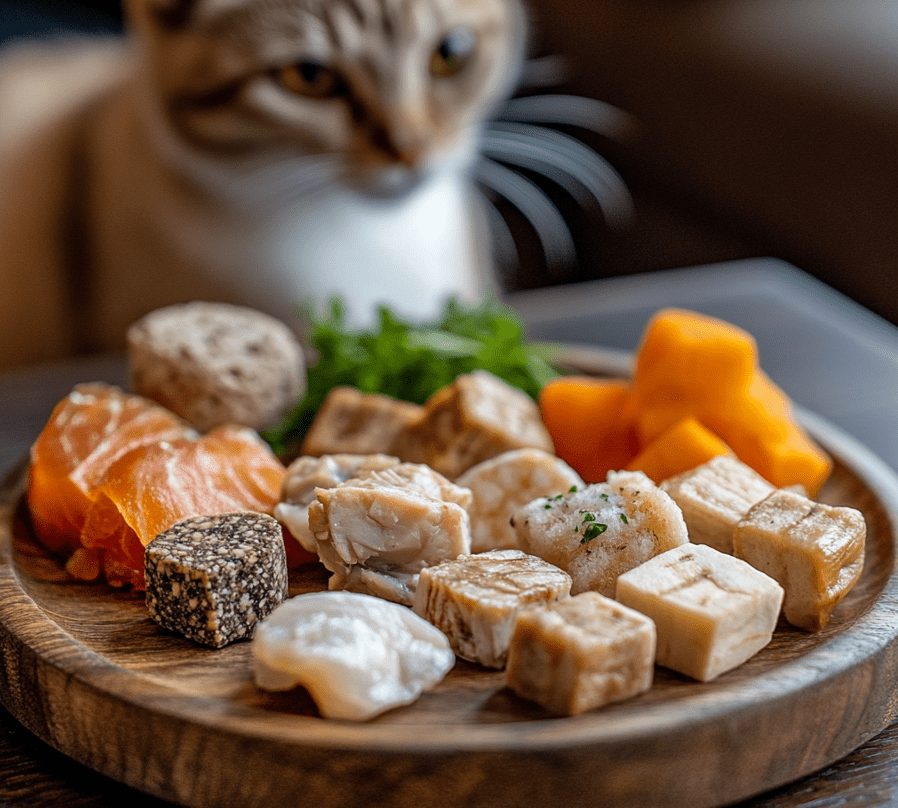
One of the best ways to get your cat successfully trained is by using food treats as a reward, since nearly every type of animal happens to be pretty fond of eating. You can also offer alternative rewards like, cat toys, treats with a little bit of catnip or even play.
The one catch is that using food treats as reinforcements can lead to an increase in caloric intake over the course of a training session. Use low-calorie rewards in a reward based training environment, for example small pieces of cooked fish or chicken (size of smallest fingernail). This also means that you should keep the number of treats your cat receives in one day as part of their overall food intake, so on days when they get more treats than usual you might consider offering them a little less of their normal meals.

